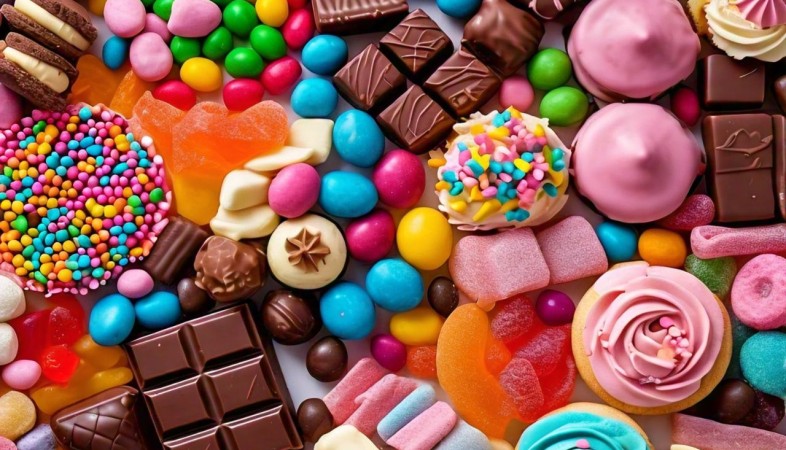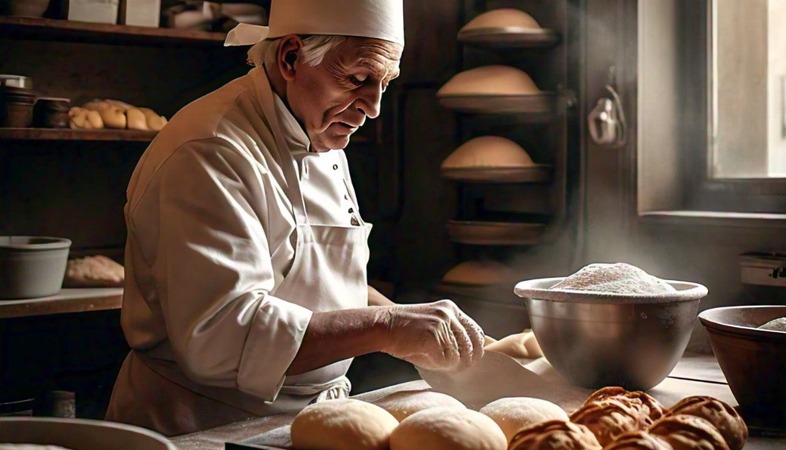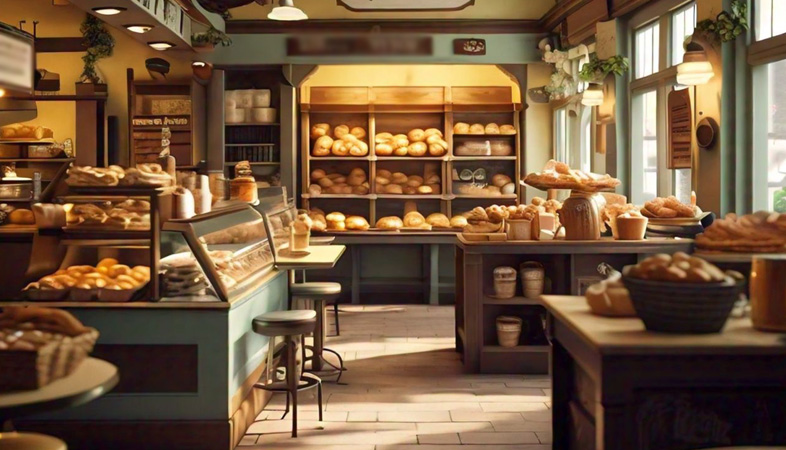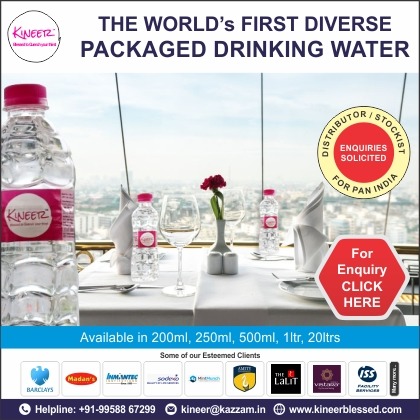SHARE
Commercials
More Posts
May 20, 2025
Bhutte Ka Halwa - By Chef Reetu Uday Kugaji
May 04, 2025
Jodhpuri Palak Paratha - By Chef Lallan Kumar
Feb 13, 2025
Vipin Verma Joins Lemon Tree Hotels as Sous Chef
Feb 27, 2025
Banarasi Tamatar Chat - By Chef Ashish Spencer
Jan 30, 2025
Vegan Ravioli - By Chef Manoj Rathore
May 20, 2025
Bhutte Ka Halwa - By Chef Reetu Uday Kugaji
May 04, 2025
Jodhpuri Palak Paratha - By Chef Lallan Kumar
Feb 13, 2025
Vipin Verma Joins Lemon Tree Hotels as Sous Chef
Feb 27, 2025
Banarasi Tamatar Chat - By Chef Ashish Spencer
Jan 30, 2025
.png)







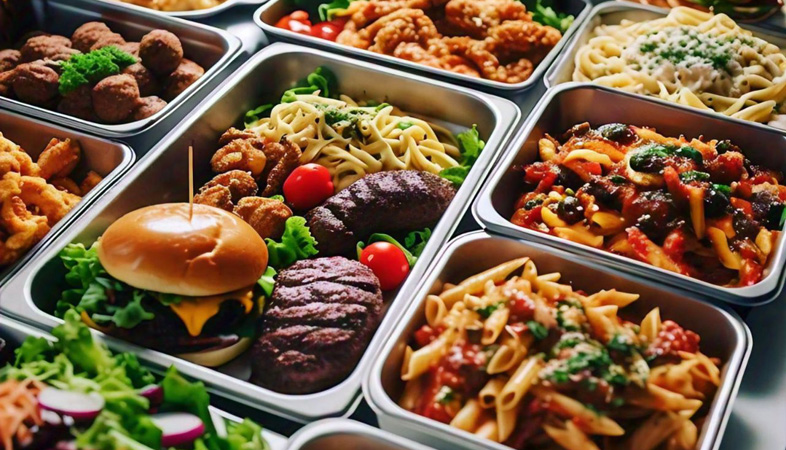

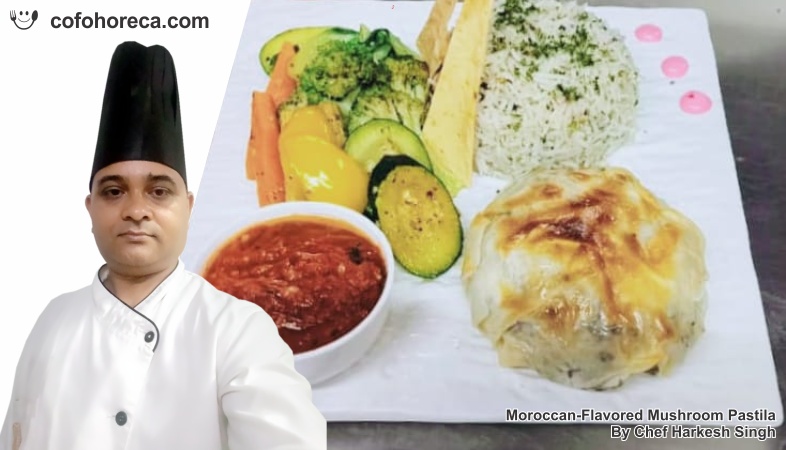
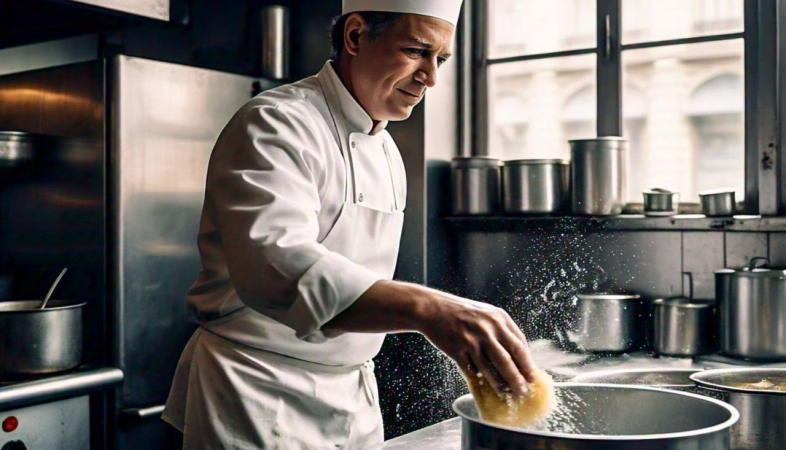
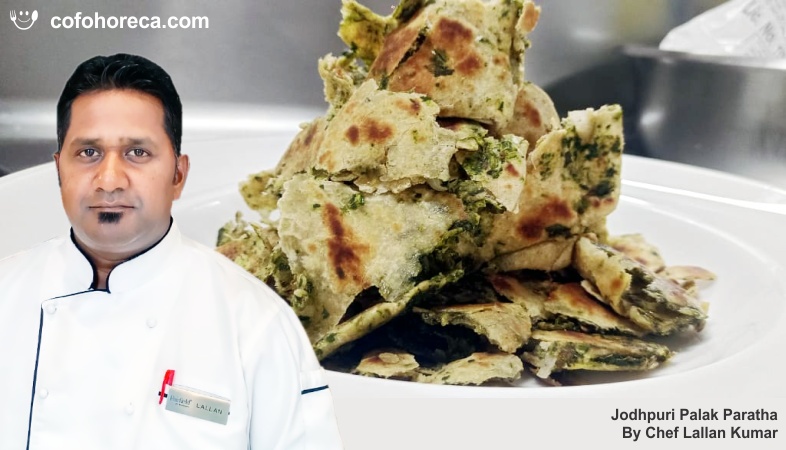

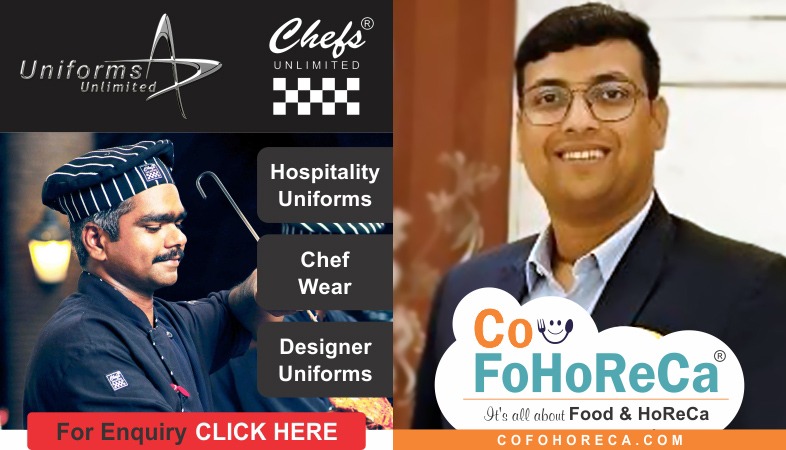

.jpg)

